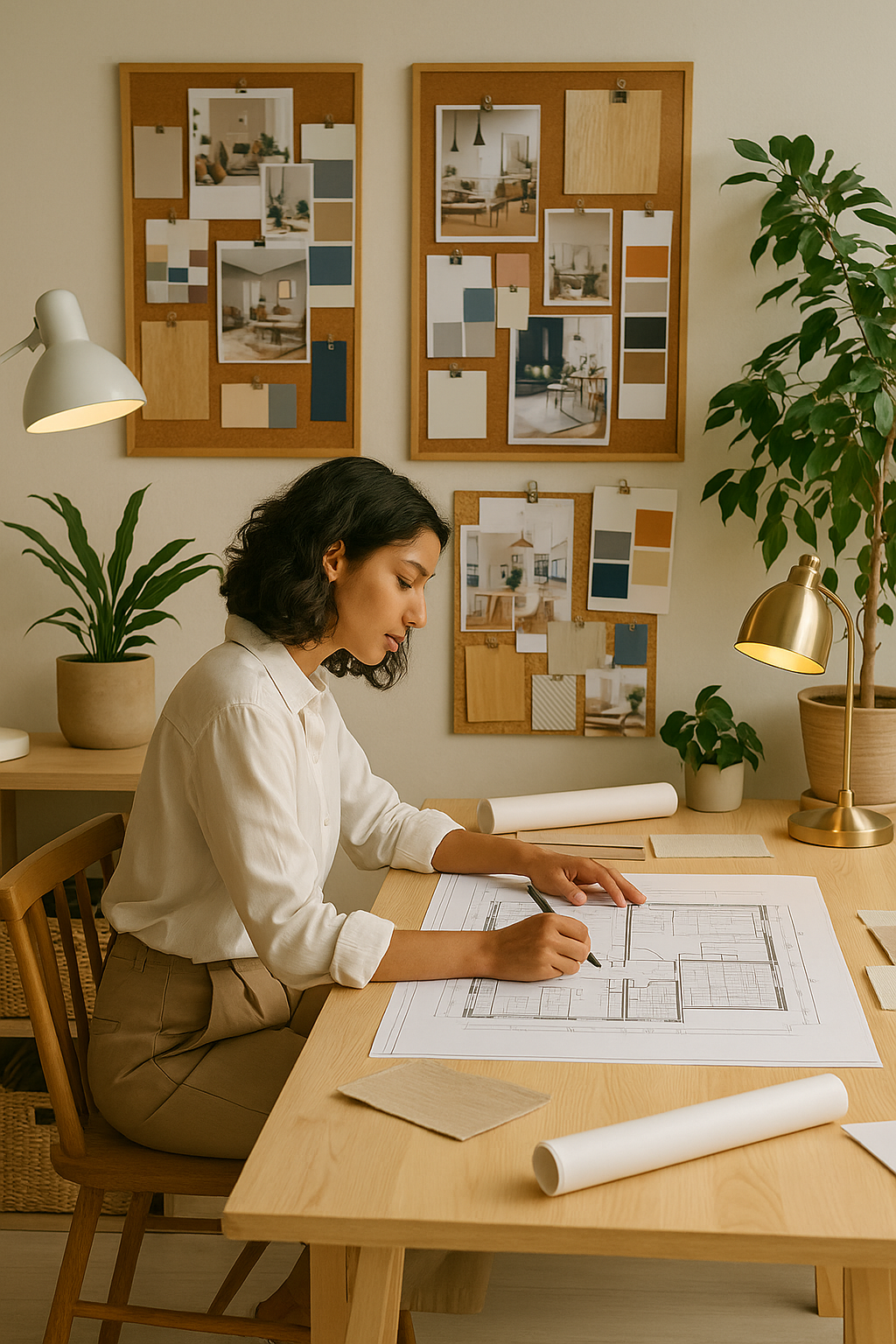When you reflect on the history of interior design, it is clear that trends and design elements are constantly evolving. The following list represents some of the most important interior design moments from the last 100 years. Their influence and popularity have had lasting impacts on interior design styles and methodologies worldwide.
Publication of Architectural Digest
One of the seminal moments of interior design was the publication of Architectural Digest, the foremost magazine of architecture, interior, and landscape design. Its first nationally-distributed issue in 1922 featured multi-page layouts of the interiors of the Beverly Hills Hotel and the Ambassador Hotel in California. Muted tropical pallets, Art Nouveau design, and a focus on elegant natural lighting were home decorating trends until the early 1930s. Over the next 100 years, Architectural Digest expanded its magazine’s distribution to diverse countries worldwide, including China, France, Germany, Latin America, the Middle East, Russian, and Spain. Each edition reflects the interior design trends and sensibilities of those local cultures and people.
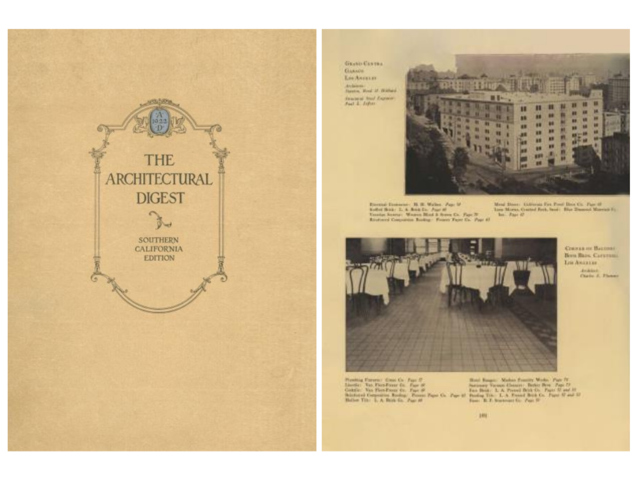
Image: Architectural Digest Archive - January 1922/ archive.architecturaldigest.com.
Embracing the Minimalism of Art Deco
From the luxury and excess of the 1920s came a reductionist aesthetic known as Art Deco. Features of this design style include symmetrical geometric forms, the use of repeated lines, and the juxtaposition of curved and bevelled edges. Furniture design transitioned from ornate pieces with fillagree and scrollwork to sleekly designed pieces with a minimalist feel. Another common feature of Art Deco is the “stepped line”. This design element appeared in the interior architecture of sunken living rooms and doorways with stepped corners. This theme repeated through the home created unique visual appeal and transformed spaces by linking similar elements of unique design features together. Notable monuments and architecture were also influenced the adoption of this interior design trend, such as the ANZAC War Memorial in Sydney, Australia.
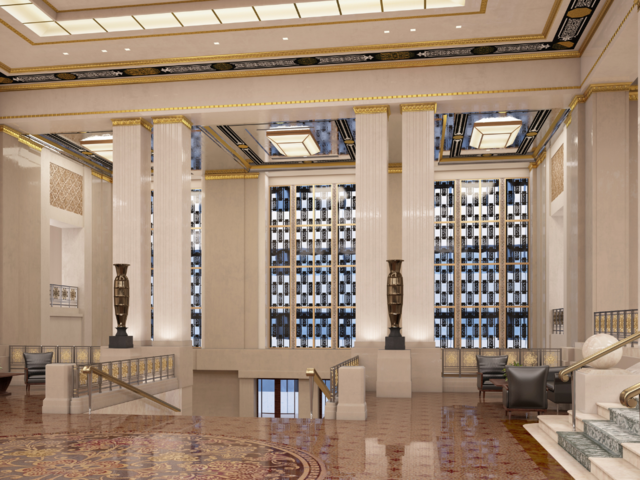
Image: Deposiphotos.
Splendour in the White House
Jacqueline Kennedy’s passionate tour of the White House was one of the most televised events in history at the time. Her candid exhibition of the interior design and furnishings exposed more than eighty million viewers worldwide to the splendour of the Kennedy presidency and the exceptional taste and sense of fashion of the First Lady. The telecast came after a $2M restoration and redecoration of the White House by designers Stéphane Boudin and Sister Parish. The impact of Kennedy’s presentation was seen in the resurgence of opulent design elements like patterned silk wallpaper, chintz draperies, and antique furniture reupholstered with classic brocade fabrics.
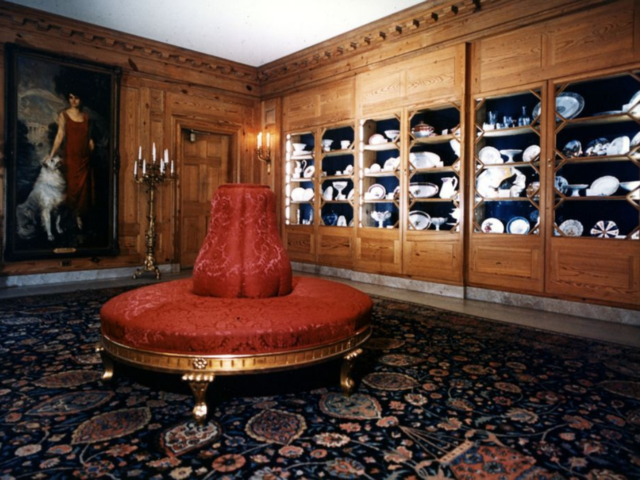
Image: Robert Knudsen. White House Photographs. John F. Kennedy Presidential Library and Museum, Boston/ jfklibrary.org.
IKEA and Scandinavian Style
When IKEA went international in the early 1960s, few people could have foreseen the lasting impact the design house and retailer would have on interior design style for the following 60 years. During the 1960s, many countries were experiencing a post-war boom. There was a strong desire for households to display their wealth and success through ornate décor and furniture choices. However, with the popularity of IKEA, families saw that their furniture could be both stylish and functionally useful. With crisp, clean lines, elevated design, and a focus on minimalism, the design features that IKEA introduced are still popular today. IKEA’s production and “flat-pack” shipping style also made furniture more affordable and high design more accessible to everyone.
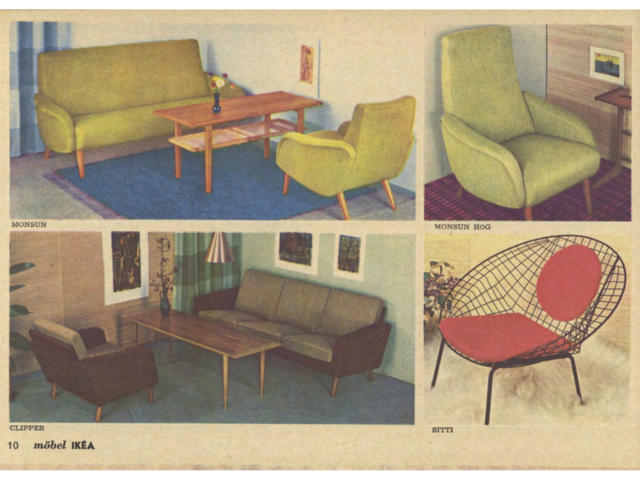
Image: IKEA 1960 catalogue/ ikeamuseum.com.
Launch of HGTV
The launch of HGTV (Home and Garden Television) in 1994 was the inspiration for millions of worldwide viewers to challenge their interior design choices and receive visual guidance from renowned interior designers and decorators. This new medium took off like wildfire, with dozens of shows aimed at viewers looking for their individual interior design style. Before the channel’s launch, it was a common belief that interior design was something only rich people could afford. However, the popularity of do-it-yourself (DIY) series empowered viewers to design their own interior spaces to meet their needs while complementing their personalities and styles. Around the same time, similar series began appearing around the world. From “Changing Rooms” in the United Kingdom to “Grand Designs” in New Zealand, viewers saw their living spaces’ potential and were empowered to experiment with their interior design choices.
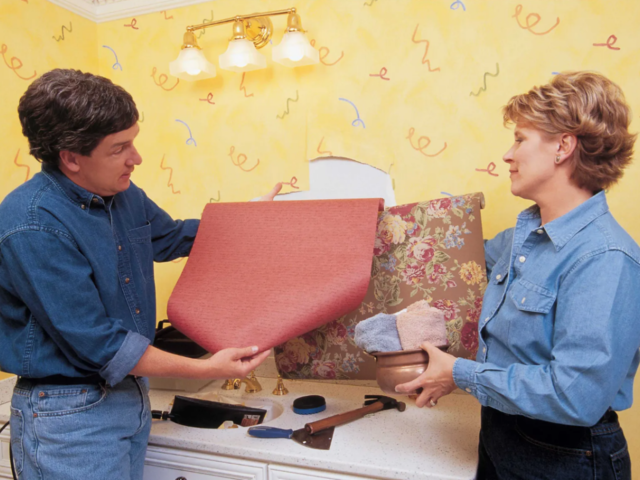
Image: HGTV Shari Hiller and Matt Fox Room-by-Room 2002/ architecturaldigest.com.
Mad for Mad Men
The release of AMC’s Mad Men in 2007 saw a resurgence of the sleek mid-century stylings of the late 1950s and early 1960s. The design features focused on long, clean lines, textured linens and tapestries, and mid-century modern furniture. This era used diverse colour palettes such as cotton-candy pastels or the “autumn sunrise” shades of orange, brown, green, and gold. The popularity of Mad Men also increased the popularity of thrift store shopping for vintage second-hand décor elements like lamps and light fixtures, shag area rugs, wall clocks, and porcelain dinnerware.
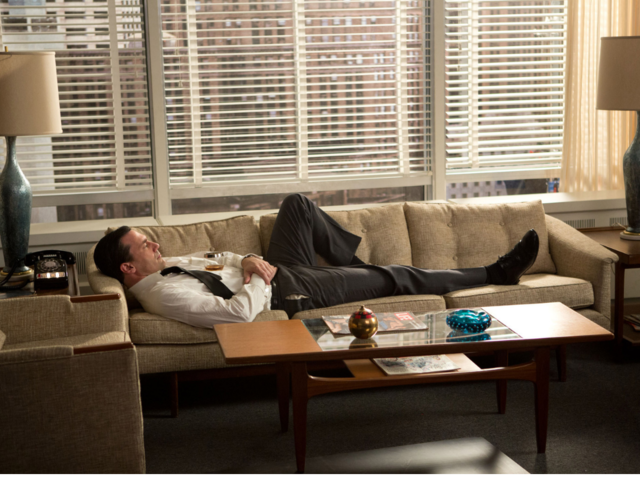
Image: Jamie Trueblood/AMC via Bloomberg Mad Men Season 6/ bloomberg.com.
Smart Homes and Smart Design
As we enter 2022, our reliance on technology is stronger than ever. With the popularity of smart-home devices and the integration of smart systems into today’s homes, many design features are being created specifically to maximise those features. From apps that open or close drapes to others that manage a home’s music and entertainment systems, modern technologies have created more efficient and elegant designs. The overall aesthetic tends to feel futuristic and streamlined with integrated wireless systems. This trend has particularly impacted interior design trends in Asian markets, where much of the technology is designed and developed.
Read more about interior design.
Whether you're looking to become an interior designer, decorate your own home or start a successful interior design business, we have the right course for you.

